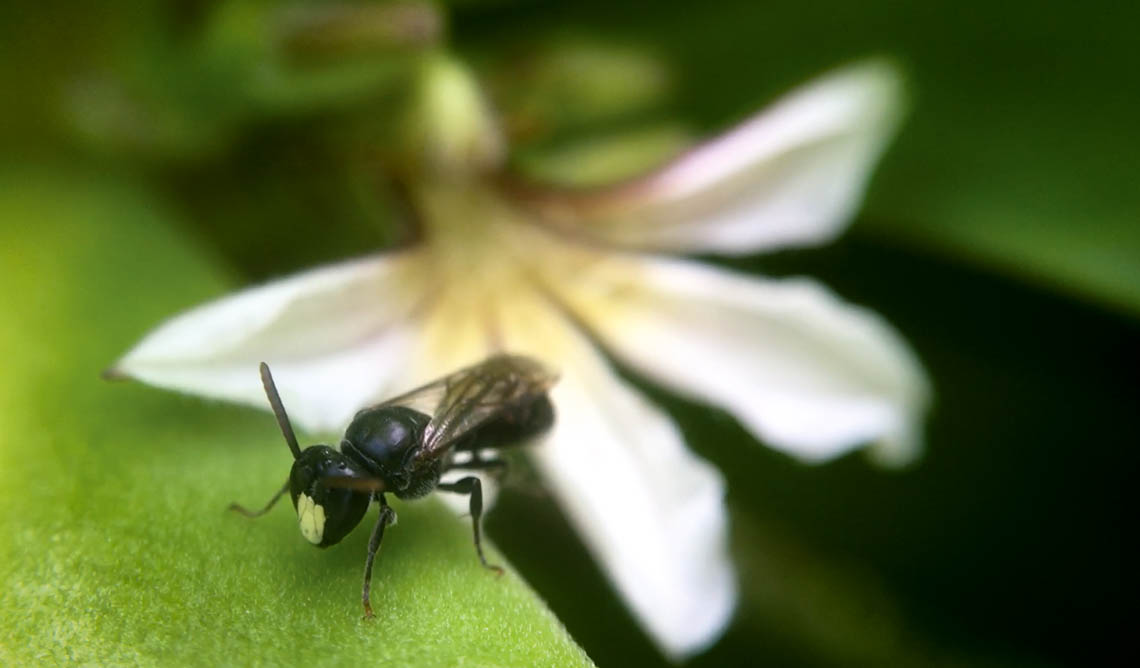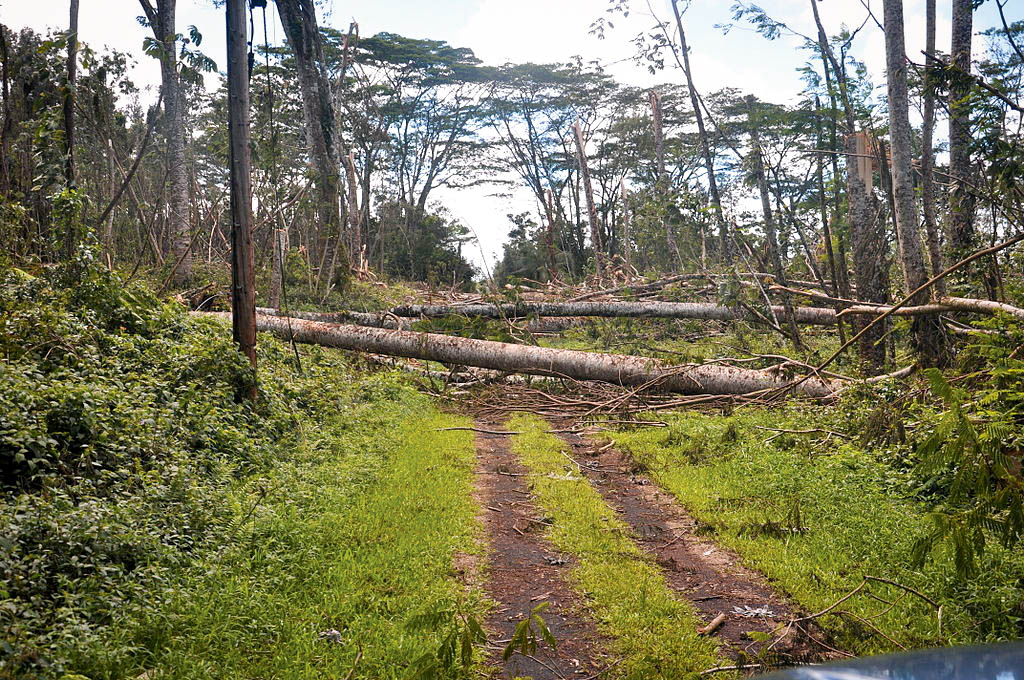Back in 2009, a father and his two kids, still wet from the beach, walked into the office of the…
Read More
2017
Māmalu Poepoe Project traps and monitors invasive pests
Since Polynesian times, people have unwittingly carried plants and animals with them as they traveled to Hawaiʻi. Ants and skinks…
Read More
Yellow-faced bees defenseless and vulnerable to predatory ants
Somewhere between 400,000 and 700,000 thousand years ago–about the time Haleakalā was forming–a tiny bee arrived in the Hawaiian Islands….
Read More
Removing invaders can help decrease damage from hurricanes
Hurricane Harvey didn’t just bring floodwaters to Texas; it also spread a plague of stinging ants. Red imported fire ants…
Read More
Why can’t you keep rabbits on the ground? “Rabbit fever” affects people
Several years ago, a researcher working with sparrows at a rabbit farm on Maui fell ill. He was feverish and…
Read More





